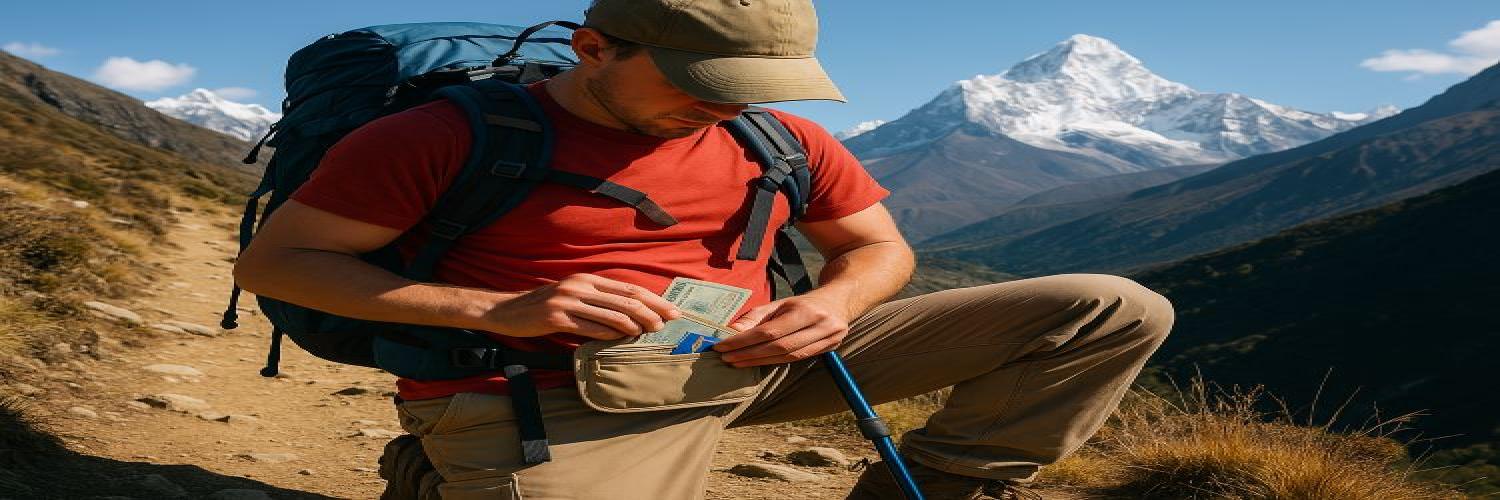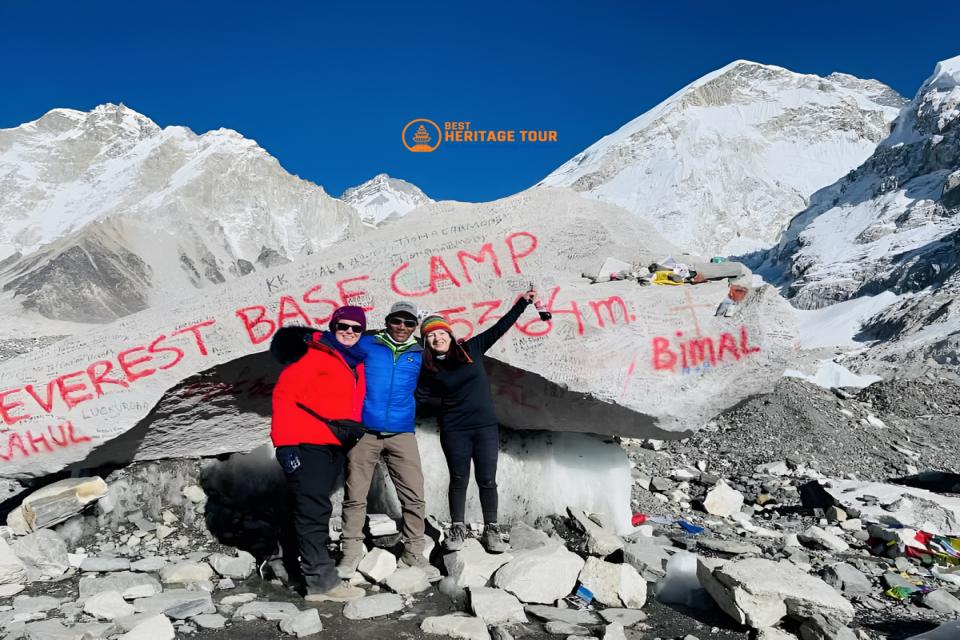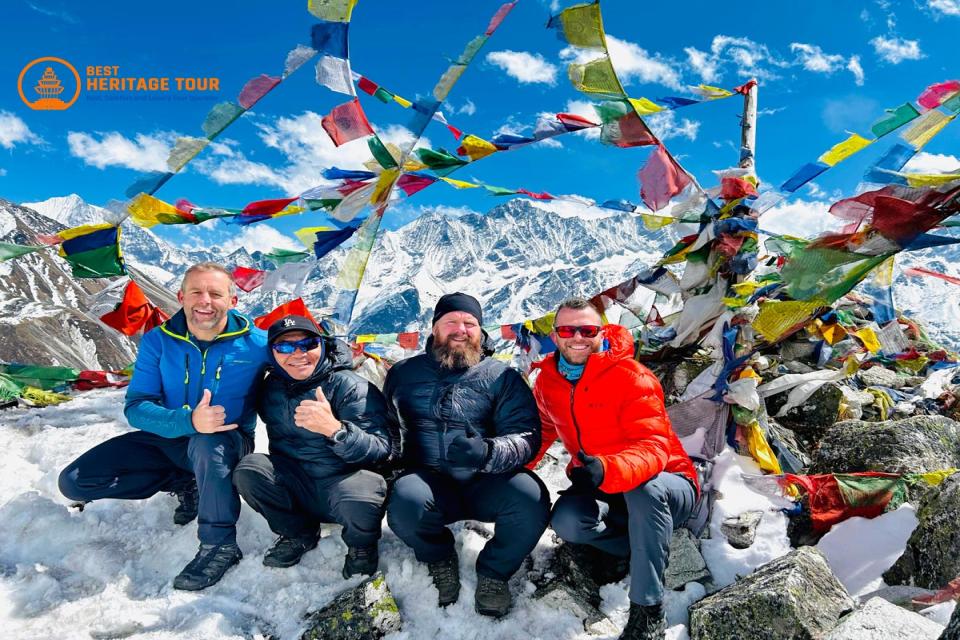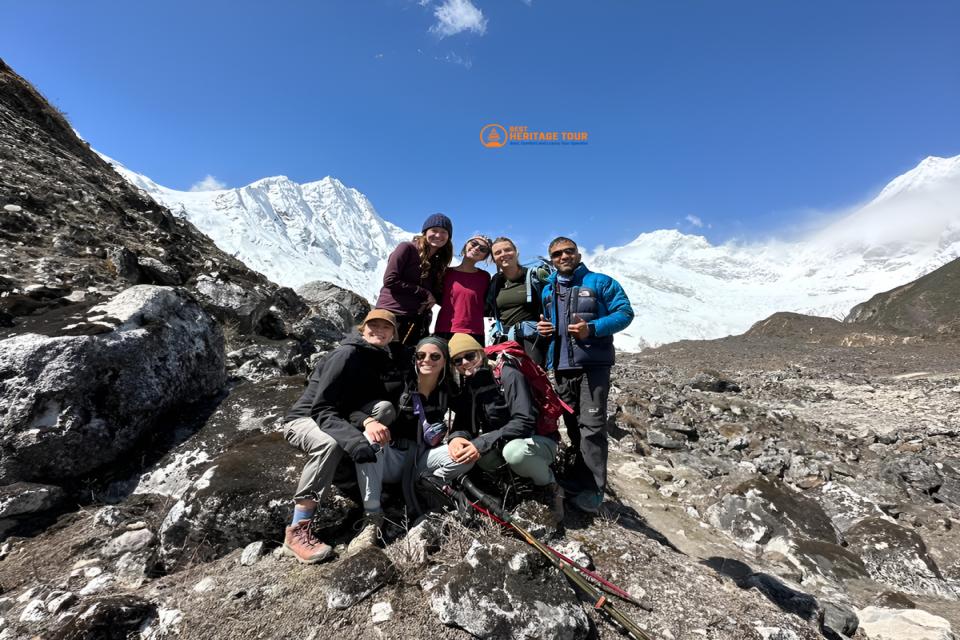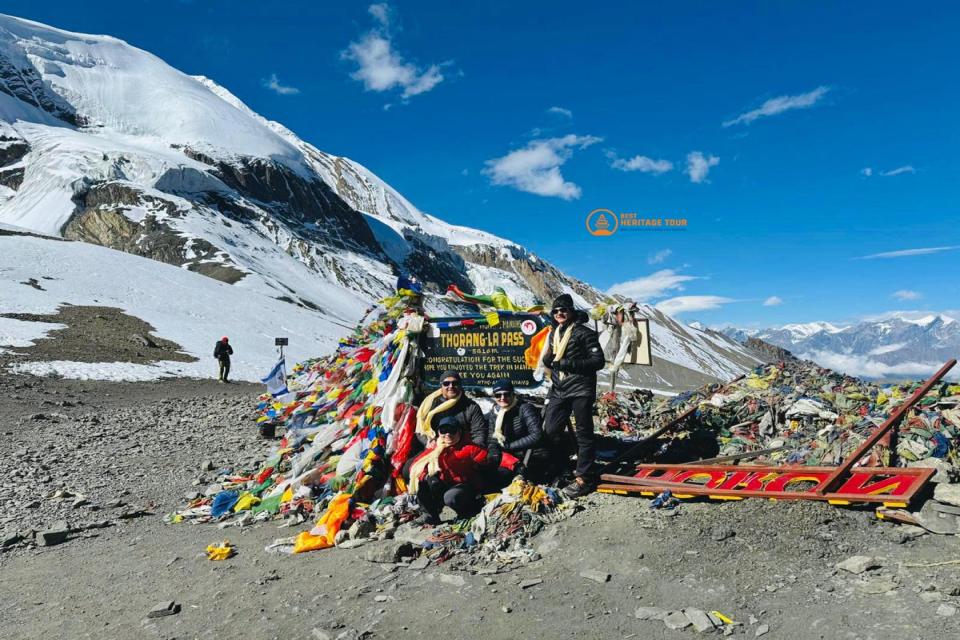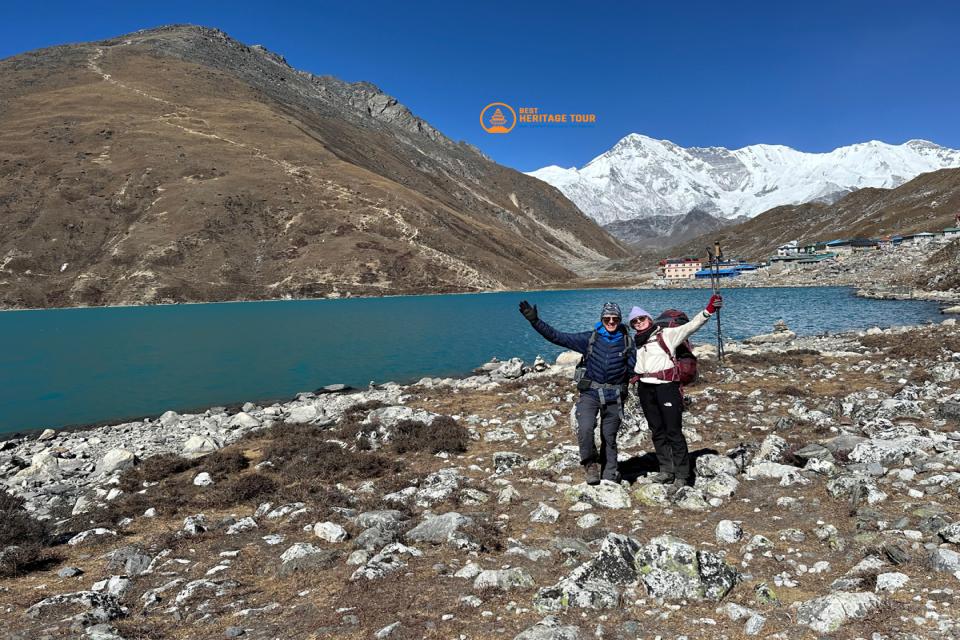Trekking in Nepal is an adventure of a lifetime. The Himalayas, including trails like the Everest Base Camp and the Annapurna Circuit, draw thousands of trekkers every year. While the landscapes and experiences are breathtaking, managing money safely is a crucial concern for travelers.
Carrying cash carelessly or relying solely on cards can lead to lost funds, theft, or logistical problems in remote regions. In this comprehensive guide, we’ll explore the best strategies to carry money safely while trekking in Nepal, ensuring your adventure remains enjoyable and stress-free.
By following these tips and working with experienced tour operators like Best Heritage Tour, you can stay financially secure while exploring the Himalayas.
Why Safe Money Management is Crucial for Trekkers
Nepal’s trekking regions are remote, with limited access to banks and ATMs. Many teahouses, lodges, and local vendors accept only cash, particularly Nepalese Rupees (NPR).
Potential Risks of Poor Money Management:
-
Loss or theft: Pickpocketing can occur in crowded areas or even on trails.
-
Limited access to funds: ATMs are scarce in remote trekking regions.
-
High fees: Using international cards in remote areas may incur additional fees.
-
Stress during emergencies: Lack of cash or proper planning can complicate medical or travel emergencies.
Proper planning ensures your money is safe, accessible, and efficiently managed throughout your trek.
Carrying Money: Key Principles for Trekkers
Avoid Carrying All Cash at Once
Divide your money into multiple portions to reduce risk. Carry only what you need for a day or two, while leaving the rest in a secure location.
Use Multiple Storage Methods
Don’t keep all your cash in one wallet. Use a combination of:
-
Money belts
-
Hidden pouches
-
Secure backpack compartments
Prefer Local Currency (NPR)
Most trekking areas require payment in Nepalese Rupees. Exchanging cash in Kathmandu city is usually more cost-effective than at airports.
Keep Emergency Funds Separate
Store an emergency cash reserve in a hidden pouch or with your trekking guide.
Digital Backup
While trekking, mobile banking or digital wallets may not always be reliable, but having backup cards in a waterproof pouch can help in case of emergencies.
Best Methods to Carry Money Safely
1. Money Belts and Waist Pouches
Money belts are a trusted option for trekkers. They are worn under clothing, making them difficult for pickpockets to access.
Tips:
-
Wear it around your waist or under your shirt
-
Keep passports, credit/debit cards, and small cash inside
-
Avoid bulky belts that restrict movement
2. Hidden Neck Pouches
Neck pouches are slim and worn under your clothing. Perfect for carrying cash and important documents discreetly.
Advantages:
-
Lightweight and comfortable
-
Can store passport, tickets, and cash securely
-
Less noticeable than waist belts
3. Secure Backpack Compartments
Modern trekking backpacks come with hidden pockets or lockable zippers.
Tips for Using Backpack Storage:
-
Store larger cash reserves or backup money in zippered compartments
-
Use waterproof bags inside the backpack to protect from rain or snow
-
Keep high-use cash accessible but in a small, easy-to-reach pocket
4. Travel Wallets & RFID Protection
RFID-blocking wallets prevent digital theft of card information. Though this type of theft rarely happen in Nepal and has very low chance but it is better to be in safe side.
Features to Look For:
-
Lightweight and compact
-
Multiple compartments for cards, cash, and passports
-
RFID protection to avoid unauthorized scans
5. Cash in Small Denominations
Carrying large notes can attract attention or be inconvenient.
Tips:
-
Split cash into smaller denominations for daily expenses
-
Reserve some larger bills for emergencies or hotel payments
-
Always have coins or small notes for local transportation or tips
6. Portable Safe or Lockbox
For trekkers staying in teahouses or lodges, a small portable lockbox can secure valuables overnight.
Advantages:
-
Peace of mind when leaving belongings unattended
-
Protects cash, electronics, and passports
-
Compact and lightweight
7. Digital and Card Backup
While cash is essential in remote areas, cards and digital options serve as backups.
Tips:
-
Keep a debit or credit card in a waterproof pouch
-
Avoid storing all cards in the same location as cash
-
Check if your bank supports international withdrawals without high fees
8. Traveling with a Trekking Guide or Tour Operator
Experienced guides, such as those from Best Heritage Tour, can help manage money safely during treks.
Benefits:
-
Guide carries a portion of funds securely for group use
-
Assistance with currency exchange and local payments
-
Reduced risk of theft or mismanagement
Additional Tips for Safe Money Management
Check Exchange Rates Before Trekking
Exchanging money at authorized counters in Kathmandu city is usually cheaper than at airports. Check NRB official rates to ensure fair deals.
Keep Receipts & Track Spending
Maintaining receipts and a spending log helps you manage funds efficiently and detect missing money quickly.
Avoid Flashing Cash
Be discreet when handling money in crowded areas or on trails. Avoid showing large sums publicly.
Secure Documents
Keep passports, trekking permits, and insurance papers with your cash. Use waterproof pouches to prevent damage from rain or snow.
Emergency Scenarios and Money Safety
-
Lost Cash: Always keep backup cash in hidden compartments.
-
Lost Wallet: Keep copies of ID, passport, and bank cards in a separate pouch or digital copy.
-
Medical Emergencies: Carry emergency funds in a hidden pouch or with your guide.
-
Theft: Avoid crowded areas at night; travel in groups if possible.
Why Trekking with Best Heritage Tour Enhances Money Safety
Trekking in Nepal can be overwhelming for first-time travelers. Best Heritage Tour ensures:
-
Safe currency exchange and advice on denominations for trekking
-
Guidance on how much cash to carry daily and where to store it
-
Assistance in emergencies, including lost cash or documents
-
Secure management of funds for multi-day treks
With professional support, you can focus on the adventure, breathtaking landscapes, and cultural experiences, rather than worrying about money.
Conclusion
Carrying money safely while trekking in Nepal is a mix of planning, smart gear, and practical strategies. By using money belts, neck pouches, hidden backpack compartments, small denominations, and backup cards, you can reduce risk and enjoy your trek confidently.
For those seeking expert guidance and full trekking support, Best Heritage Tour not only organizes unforgettable adventures but also assists in safe money management throughout your journey.
Contact Best Heritage Tour:
Phone: +977-9851149197 / +977-9810043046
Email: info@bestheritagetour.com | bestheritagetour@gmail.com
Booking/Info: www.bestheritagetour.com
Office Location: Thamel Marg, Kathmandu, Nepal
Trek smart, carry safely, and let Best Heritage Tour guide your Himalayan adventure.
Author: Best Heritage Tour
Date: 21st August, 2025

